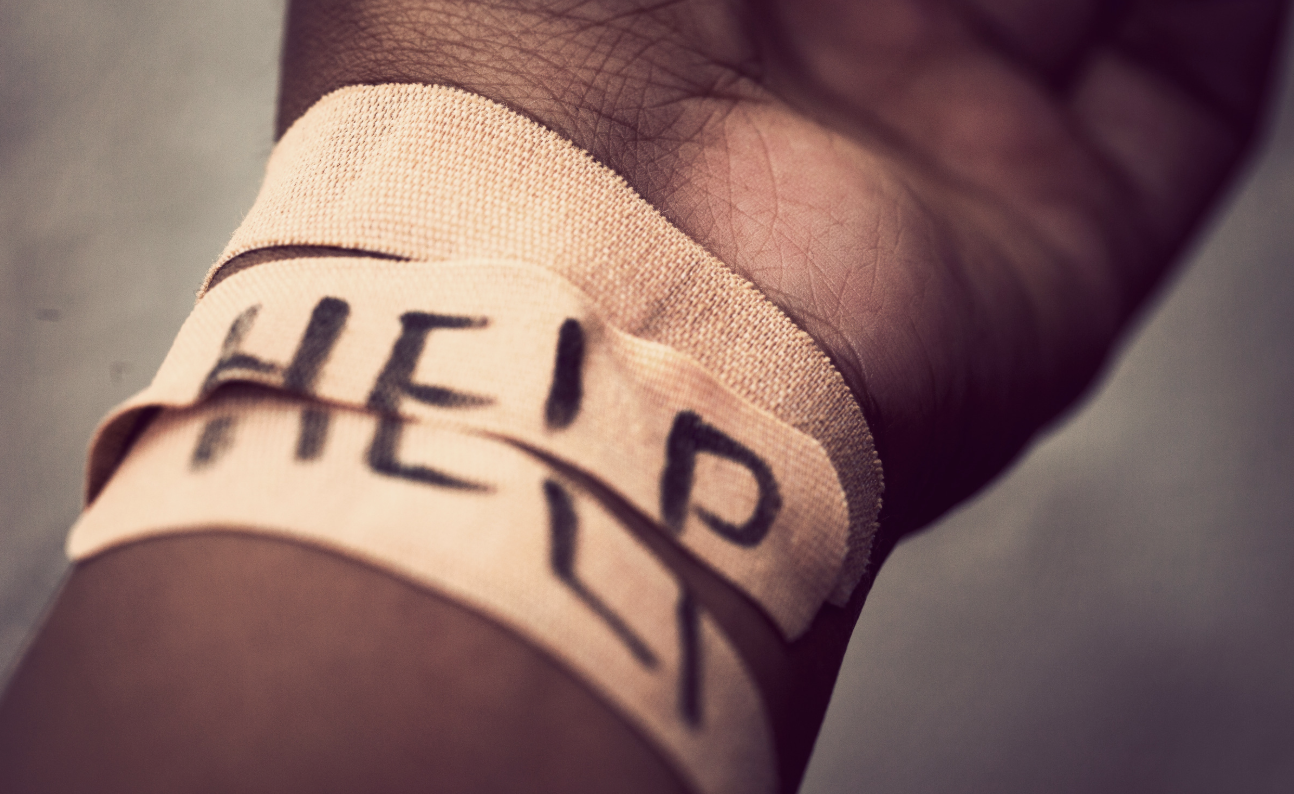Self-harm can be a way of dealing with deep distress and emotional pain. It may help you express feelings you have a difficult time putting into words, distracting you from things in your life, or releasing emotional pain that has built up. Afterwards, you probably feel better—at least for a little while. But then the painful feelings return, and you begin to feel the urge to hurt yourself again.
Self-harm includes anything you do to intentionally injure yourself. Some of the more common ways include:
- Cutting or severely scratching your skin
- Burning or scalding yourself
- Hitting yourself or banging your head
- Punching things or throwing your body against walls and hard objects
- Sticking objects into your skin
- Intentionally preventing wounds from healing
- Swallowing poisonous substances or inappropriate objects
Self-harm can also include less obvious ways of hurting yourself or putting yourself in danger, such as driving recklessly, binge drinking, taking too many drugs, or having unsafe sex. Regardless of how you self-harm, injuring yourself is often the only way you know how to:
- Coping with feelings like sadness, self-loathing, emptiness, guilt, and rage
- Expressing feelings you can’t put into words or release the pain and tension you feel inside
- Feel in control, relieve guilt, or punish yourself
- Distract yourself from overwhelming emotions or difficult life circumstances
- Make you feel alive, or simply feel something, instead of feeling numb
Consequences of self-harm
The relief that comes from cutting or self-harming is only temporary and creates far more problems than it solves.
Relief from cutting or self-harm is short lived, and is quickly followed by other feelings like shame and remorse.
Keeping the secret of self-harm is a difficult and lonely path. You can hurt yourself badly, even if you don’t mean to. It’s easy to end up with an infected wound or misjudge the depth of a cut, especially if you’re also using drugs or alcohol.
You’re at risk for bigger problems down the road. If you don’t learn other ways to deal with emotional pain, you increase your risk of major depression, drug and alcohol addiction, and suicide.
Self-harm can become addictive. It may start off as an urge or something you do to feel more in control, but soon it feels like the cutting or self-harming is controlling you. It often turns into an obsessive behavior that seems impossible to stop.
The bottom line is that cutting and self-harm won’t help you with the issues that made you want to hurt yourself in the first place. No matter how lonely, worthless, or trapped you may be feeling right now, there are many other, more effective ways to overcome the underlying issues that drive your self-harm.
Hurting? Get free help for self-harm now, text CONNECT to 741741
S.A.F.E. Alternative information 1-800-366-8288
National Suicide Prevention Lifeline 1-800-273-8255
Author: Elizabeth Vosseler M.A. PPS (ERICS Counselor)

